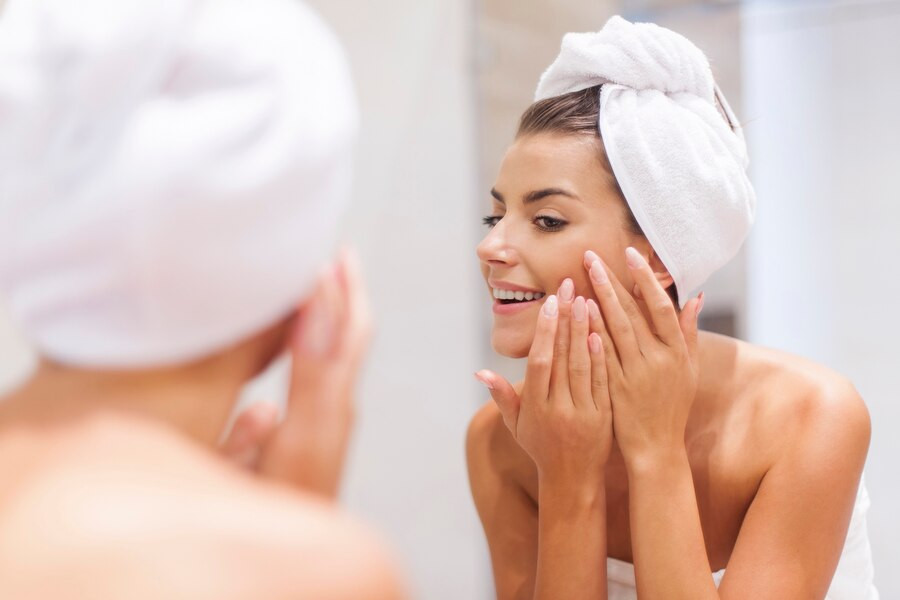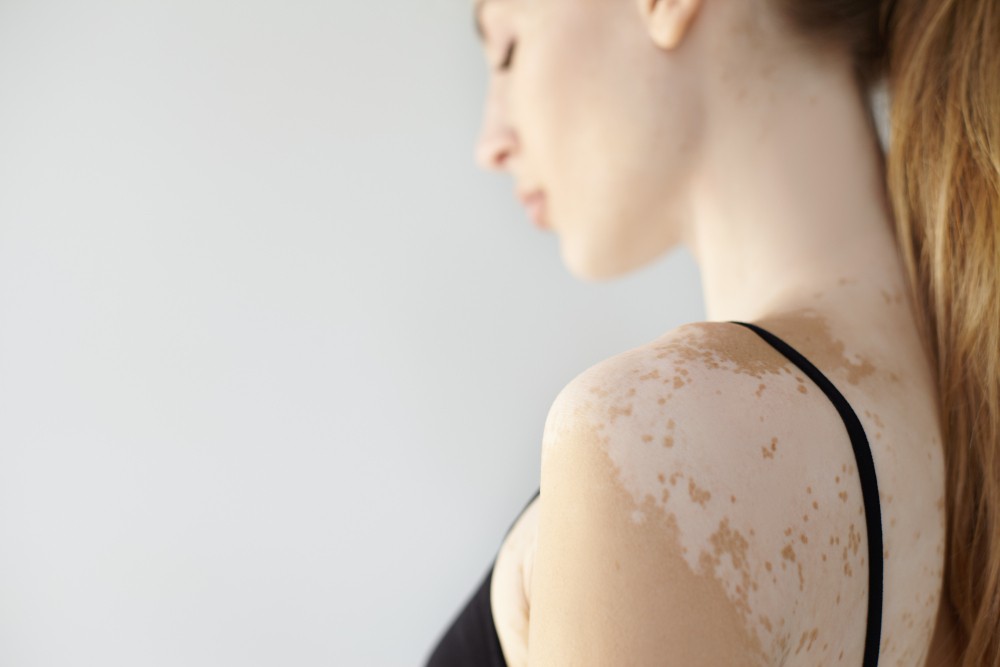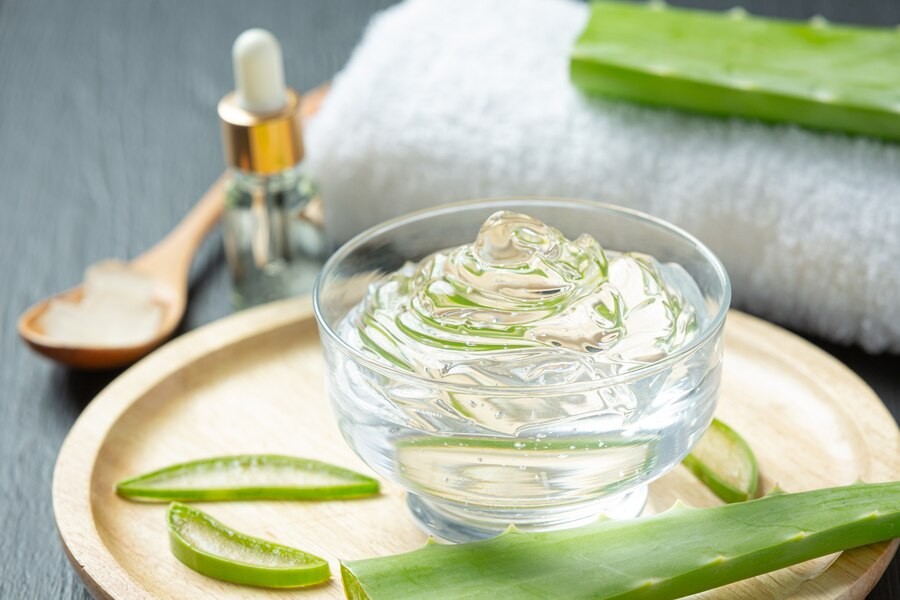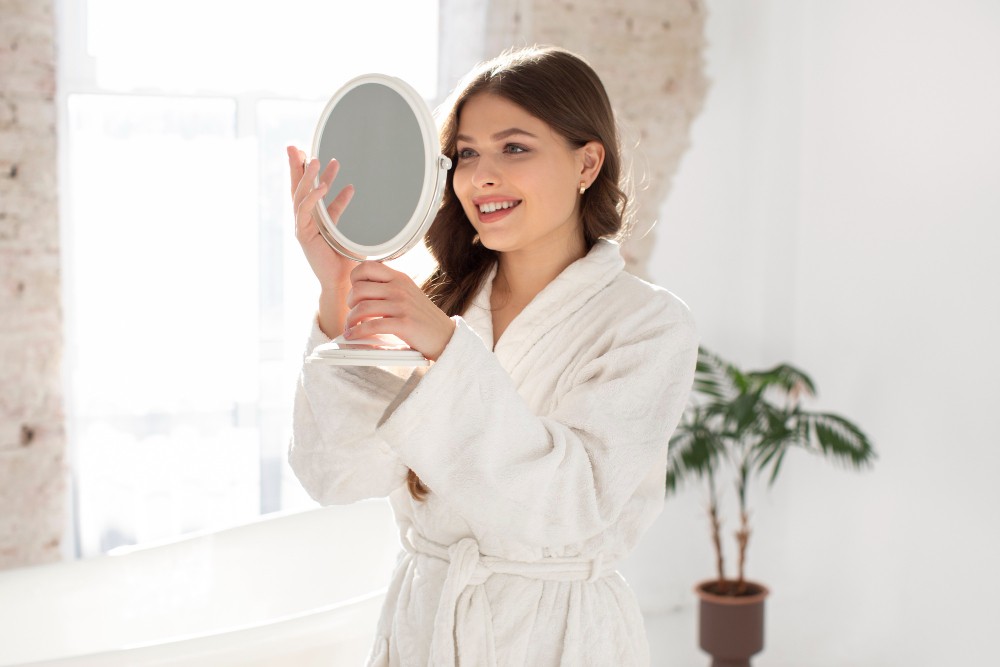Ada banyak pilihan obat yang digunakan untuk mengobati jerawat, salah satunya Benzoyl peroxide atau Benzoil peroksida. Seperti apa cara kerja dan efek samping dari obat jerawat ini?
Apa itu Benzoil Peroksida?
Benzoil peroksida adalah bahan aktif yang ditemukan dalam banyak produk jerawat. Benzoil peroksida hadir dalam berbagai bentuk, baik gel, krim, losion, maupun pembersih wajah.
Umumnya obat ini tersedia dalam konsentrasi 2,5%, 5%, dan 10%. Konsentrasi yang lebih rendah biasanya disarankan untuk kulit sensitif atau bagi mereka yang baru mulai menggunakan produk ini.
Cara Kerja Benzoil Peroksida
Benzoil peroksida dioleskan tipis-tipis di area kulit berjerawat setelah membersihkan wajah. Obat ini disarankan digunakan satu atau dua kali sehari, tergantung pada kondisi kulit dan instruksi produk.
Benzoil peroksida bekerja melalui beberapa mekanisme yang membantu mengatasi jerawat, di antaranya:
Sebagai antibakteri
Benzoil peroksida efektif dalam membunuh bakteri Propionibacterium acnes (P. acnes), salah satu penyebab utama jerawat. Dengan mengurangi jumlah bakteri ini, maka peradangan dan pembentukan jerawat dapat berkurang.
Keratolitik
Benzoil peroksida bersifat keratolitik, yang artinya dapat membantu mempercepat proses pergantian lapisan kulit bagian atas. Cara ini membantu membuka pori-pori yang tersumbat oleh sel kulit mati dan sebum sehingga mengurangi terbentuknya komedo dan jerawat.
Baca Juga: Cara Kerja Acne Patch Dalam Mengatasi Jerawat
Mengurangi minyak berlebih
Benzoil peroksida membantu mengurangi produksi minyak berlebih di kulit. Penumpukan minyak berlebih dapat menyumbat pori-pori dan memperburuk jerawat. Mengurangi produksi minyak (sebum) dapat membantu menjaga kulit tetap bersih.
Mengurangi peradangan
Dengan mengurangi jumlah bakteri P. acnes, maka peradangan dapat dikurangi. Jerawat yang tidak meradang menjadi lebih kecil dan berkurang kemerahannya.
Mencegah pembentukan komedo
Sifat eksfoliasi dan antibakteri benzoil peroksida membantu mencegah terbentuknya komedo baru. Sifat ini sangat penting untuk mengendalikan jerawat jangka panjang dan mencegah kemunculannya.
Efek Samping Benzoil Peroksida (Benzoyl Peroxide)
Benzoil peroksida dapat menyebabkan beberapa reaksi kulit umum, di antaranya:
- Kulit kering dan mengelupas
- Gatal dan iritasi ringan
- Kemerahan terutama bila memiliki kulit sensitif
Baca Juga: Salicylic Acid dan Benzoil Peroksida: Mana yang Lebih Ampuh untuk Jerawat?
Efek samping serius pada penggunaan benzoil peroksida juga mungkin terjadi, namun sangat jarang. Segera hentikan penggunaannya apabila Anda mengalami pembengkakan kulit dan muncul lepuhan di kulit.
Reaksi alergi serius (anafilaksis) dilaporkan sangat jarang pada penggunaan benzoil peroksida. Namun, apabila Anda mengalami ruam, pembengkakan dan gatal khususnya di wajah, lidah dan tenggorokan, pusing yang parah dan kesulitan bernapas, maka segera cari pertolongan darurat di rumah sakit atau fasilitas kesehatan terdekat.
Benzoil peroksida juga mungkin berinteraksi dengan pengobatan lain seperti adapalene, isotretinoin, salicylic acid, antibiotik topikal dan tretinoin. Informasikan pada dokter apabila Anda menggunakan salah satu pengobatan tersebut atau obat herbal lainnya.
Memiliki pertanyaan lain terkait dengan masalah jerawat atau obat jerawat? Anda bisa berkonsultasi dengan dokter kami melalui aplikasi Ai Care yang bisa diunduh di App Store atau Play Store.
Mau tahu tips dan trik kesehatan, pertolongan pertama, dan home remedies lainnya? Cek di sini, ya!
- dr Nadia Opmalina
WebMD. Benzoyl Peroxide Gel - Uses, Side Effects, and More. Available from: https://www.webmd.com/drugs/2/drug-1344/benzoyl-peroxide-topical/details
Cleveland Clinic (2024). Benzoyl Peroxide Cream, Gel or Lotion. Available from: https://my.clevelandclinic.org/health/drugs/18363-benzoyl-peroxide-cream-gel-or-lotion
NHS UK (2022). Side effects of benzoyl peroxide. Available from: https://www.nhs.uk/medicines/benzoyl-peroxide/side-effects-of-benzoyl-peroxide/
Mayo Clinic (2024). Benzoyl Peroxide (Topical Route). Available from: https://www.mayoclinic.org/drugs-supplements/benzoyl-peroxide-topical-route/side-effects/drg-20062425?p=1
Angela Palmer (2024). Benzoyl Peroxide Acne Treatment. Available from: https://www.verywellhealth.com/all-about-benzoyl-peroxide-15861
Dean Goodless, MD (2024). How Keratolytics Can Help With Skin Conditions. Available from: https://www.verywellhealth.com/keratolytics-for-skin-scales-and-flakes-2788384
WebMD (2023). How to Remove a Comedo. Available from: https://www.webmd.com/skin-problems-and-treatments/acne/how-to-remove-a-comedo












